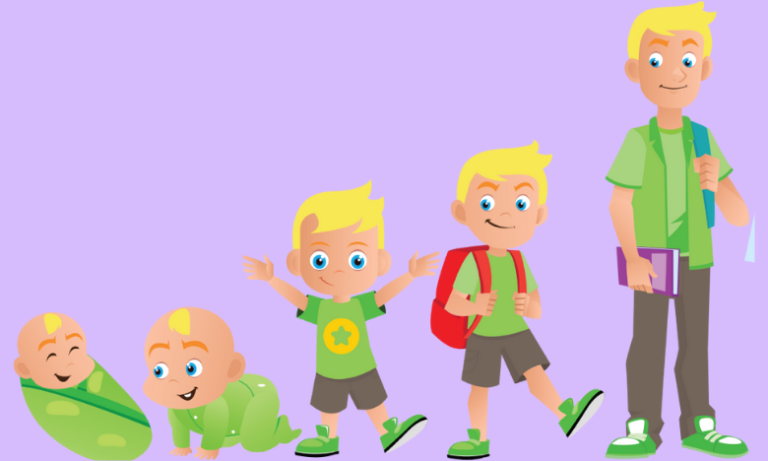
Developmental milestones definition
Learning disabilities look quite different from one child to another. One child may struggle with reading and spelling, while another may love books but not understand maths. Yet, another child may have difficulty understanding what others are saying or communicating out loud. The problems are quite different, but they are all learning disorders.
It is not always easy to identify learning disabilities, and before we describe and learn ways to identify learning disabilities, let us understand what normative developmental milestones are. Remember that children who do not have learning disabilities may still experience some of these difficulties at various times. The time for concern comes when there is a consistent unevenness in your child’s ability to master specific skills.
Developmental milestones definition
Developmental milestones or developmental indicators are a set of behavioural or functional skills thresholds that map the course of your child’s development. These behaviours are categorised into five domains – physical and motor, social and emotional, cognitive, adaptive and communication and language. These emerge over specific timeframes in a child’s intellectual progress, forming the building blocks for growth and continued learning.
Communication and Language Skills
Communication and language skills include both the expressive and receptive abilities of a child. It gives a child the ability to recognise words, read, speak, and write. Children also learn to communicate and express opinions as they age. Parents must keep in mind that India has great linguistic diversity, and children may have to be taught the same words in different languages.
Physical and Motor Coordination Skills
As the name suggests, this set of skills pertain to the child’s physicality and largely involve body muscles to accomplish a pre-determined task. Motor skills allow a child to perform physical tasks according to the directions sent by the brain and feel the accomplishment of these tasks. Motor skills can be further divided into gross motor and fine motor skills. Gross motor skills, like walking, involve the large muscle groups, and fine motor skills, like writing, incorporate small muscles. Gross motor skills are related to balance and coordination, whereas children use fine motor skills to make small movements. Fine motor skills, built upon gross motor skills, involve the brain and muscles’ coordinated efforts.
Social and Emotional Interaction Skills
Social and emotional skills start developing from birth, like smiling and crying. As the child grows, these skills become more complex, like playing with others, self-awareness, the ability to express emotions, etc.
Adaptive Skills
Adaptive skills are self-help skills, such as eating, drinking, and dressing. It is also the skill that teaches a child to be aware of their environment and their safety.
Cognitive Skills
Cognitive development refers to a child’s development in terms of thinking, reasoning, problem-solving, understanding and processing information which help them think about and understand the world around them.
Now that you have understood the developmental milestones definition, we will look into age wise developmental milestones in the next few sections.